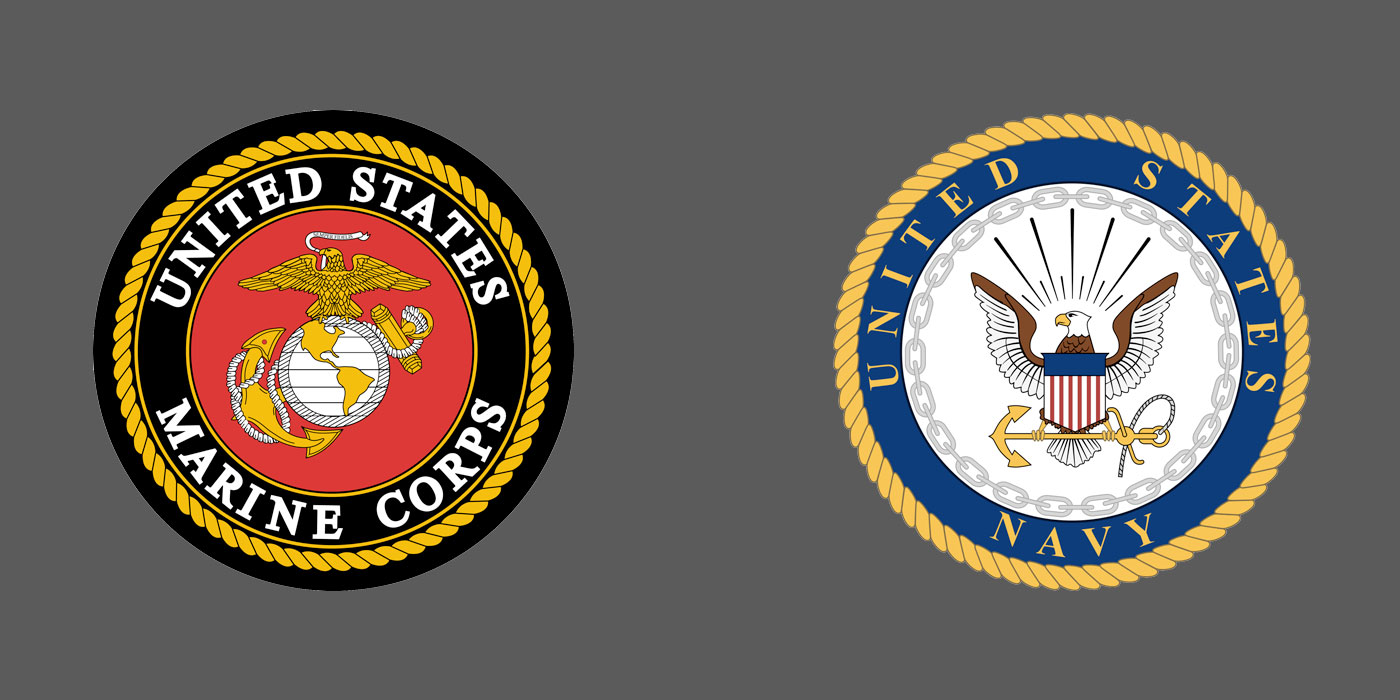
Camp Lejeune Water Contamination
The Camp Lejeune water contamination problem occurred at Marine Corps Base Camp Lejeune from 1953 to 1987. During that time, United States Marine Corps (USMC) service members and their families living at the base bathed in and ingested tap water that was contaminated with harmful chemicals at concentrations from 240 to 3400 times levels permitted by safety standards.
An undetermined number of former base residents later developed cancer or other ailments, which many have blamed on the contaminated drinking water. Victims claim that USMC leaders concealed knowledge of the problem and did not act properly in trying to resolve it or notify former base residents that their health might be at risk.
Possible sources of the contamination include solvents from a nearby, off-base dry-cleaning company, from on-base units using chemicals to clean military equipment, and leaks from underground fuel storage tanks.
In 1982, a private company, Grainger Laboratories, contracted by the USMC to examine the problem, provided the base commander with a report showing that the wells supplying water for the base were contaminated with trichloroethylene and tetrachloroethylene. The contractor delivered repeated warnings to base officials, including base chemist Elizabeth Betz, that the water was contaminated. A representative from Grainger, Mike Hargett, stated that he went with Betz in July 1982 to inform an unnamed Marine lieutenant colonel, who was deputy director of base utilities, about the problems with the water. According to Hargett, the Marine was unwilling to discuss Hargett’s concerns. In August 1982, a Grainger chemist, Bruce Babson, sent a letter to the base commander, Marine Major General D.J. Fulham, warning him that the base wells appeared to be poisoned. The water from the contaminated wells, however, continued in use at the base.
Grainger continued to warn Marine officials of problems with the water in December 1982, March 1983, and September 1983. In a spring 1983 report to the EPA, Lejeune officials stated that there were no environmental problems at the base. In June 1983, North Carolina’s water supply agency asked Lejeune officials for Grainger’s Lab reports on the water testing. Marine officials declined to provide the reports to the state agency. In December 1983 Lejeune officials scaled back the water testing performed by Grainger.
In July 1984, a different company contracted under the EPA’s Superfund review of Lejeune and other sites, found benzene in the base’s water, along with PCE and TCE. Marine officials shut down one of the contaminated wells in November 1984 and the rest in early 1985. At this time the Marines did not disclose that benzene had been discovered in the water.
On April 28, 2009, the Agency for Toxic Substances and Disease Registry (ATSDR) admitted that the water had been contaminated with benzene. The benzene had occurred as a result of 800,000 gallons of fuel that leaked from the base fuel farm for decades. The fuel leaks occurred near the main well that serves Hadnot Point, location of enlisted and officer’s quarters and the base hospital. State officials had also reportedly informed the ATSDR in 1994 about the presence of benzene in the water.
In 2007, Jerry Ensminger, a retired Marine master sergeant, found a document dated 1981 that described a radioactive dump site near a rifle range at the camp. According to the report, the waste was laced with strontium-90, an isotope known to cause cancer and leukemia. According to Camp Lejeune’s installation restoration program manager, base officials learned in 2004 about the 1981 document. Ensminger served in the Marine Corps for 24 and a half years and lived for part of that time at Camp Lejeune with his family. In 1985 his 9-year old daughter, Janey, died of cancer.
In 2008, the USMC began a Congressionally required notification campaign to notify former base residents of the issue. An online health registry now contains more than 135,000 names.
United States Department of Veterans Affairs (VA) has determined that a former servicemember’s cancer was caused by his exposure to the contaminated water. Paul Buckley, a USMC veteran who was diagnosed with incurable hematological malignancy, was stationed at Camp Lejeune and awarded him 100% disability benefits. On February 22, 2012, the VA agreed that retired Marine Frank Rachowicz’ terminal cancer was caused by exposure to the contaminated water at Camp Lejeune.
On July 18, 2012, the U.S. Senate passed a bill, called the Janey Ensminger Act in honor of Jerry Ensminger and his daughter Janey who died of cancer at the age of 9-years old, the bill authorized medical care to military and family members who had resided at the base between August 1, 1953 and December 21, 1987 and developed conditions linked to the water contamination.
The measure applies to up to 750,000 people. The House approved the bill on July 31, 2012. President Obama signed the bill into law on August 6, 2012.
The bill applies to 15 specific ailments believed to be linked to the contamination, including cancer of the esophagus, lung, breast, bladder or kidney; leukemia; multiple myeloma; myleodysplasic syndromes; renal toxicity, hepatic steatosis; female infertility, miscarriage; scleroderma; or neurobehavioral effects or non-Hodgkin’s lymphoma.

